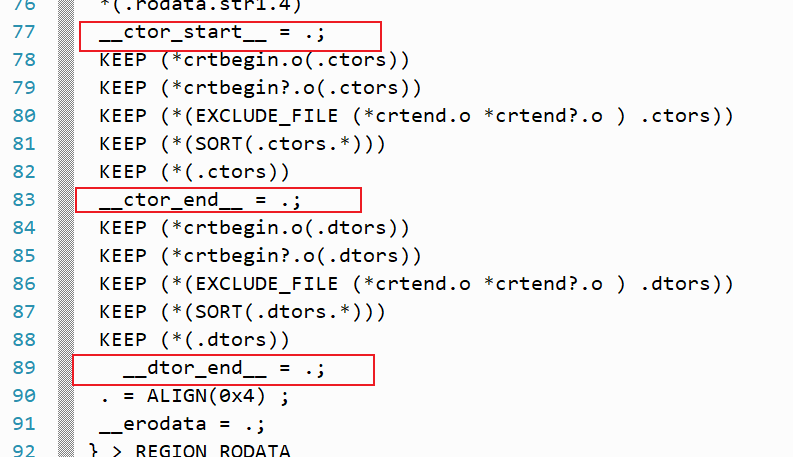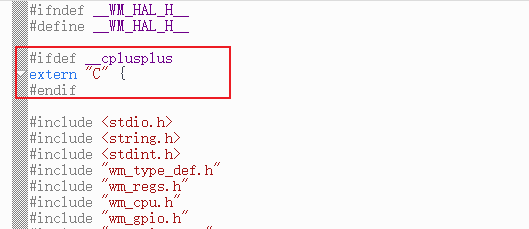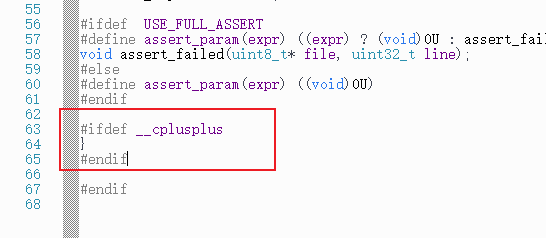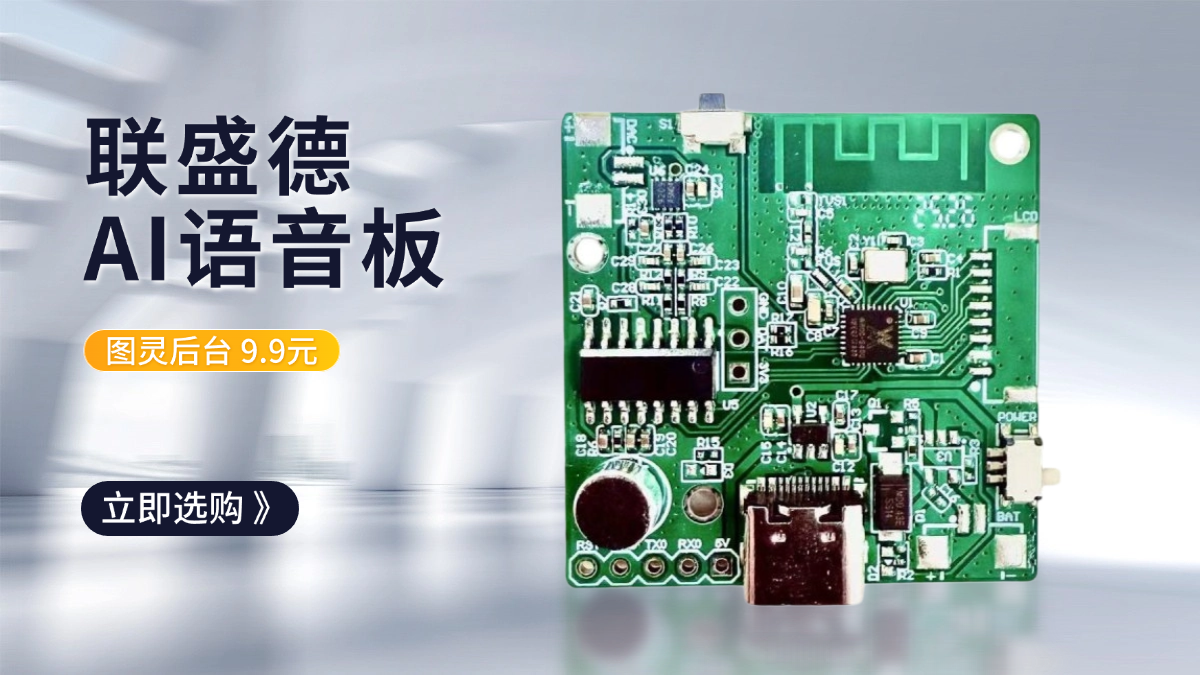W806 SDK 支持 C++ 编译步骤
发布于 2022-08-22 23: 32: 50
使得 W806 SDK 支持 C++ 编译
- 打开 gcc_csky. ld 文件, 添加如下内容, 为防止大家写错, 我直接写出来, 大家粘复制就可以了

* (. rodata. str1. 4)
__ctor_start__ = . ;
KEEP (*crtbegin. o (. ctors) )
KEEP (*crtbegin? . o (. ctors) )
KEEP (* (EXCLUDE_FILE (*crtend. o *crtend? . o ) . ctors) )
KEEP (* (SORT (. ctors. *) ) )
KEEP (* (. ctors) )
__ctor_end__ = . ;
KEEP (*crtbegin. o (. dtors) )
KEEP (*crtbegin? . o (. dtors) )
KEEP (* (EXCLUDE_FILE (*crtend. o *crtend? . o ) . dtors) )
KEEP (* (SORT (. dtors. *) ) )
KEEP (* (. dtors) )
__dtor_end__ = . ;
. = ALIGN (0x4) ;
__erodata = . ; -
找到 system. c 文件, 在该文件中添加如下 函数接口, 目的为了初始化 C++ 构造函数构造空间
extern int __dtor_end__; extern int __ctor_end__; extern int __ctor_start__; typedef void (*func_ptr) (void) ; __attribute__ ( (weak) ) void cxx_system_init (void) { func_ptr *p; for (p = (func_ptr *) &__ctor_end__ -1; p " = (func_ptr *) &__ctor_start__; p--) { (*p) () ; } } - 在 SystemInit 函数中调用该函数即可, 如下图所示

-
以上步骤都做好后, 理论上就可以尽情的使用 C++ 进行编写了, 但是官方 SDK 并没有做 C++ 的支持, 因此在包含官方驱动头文件的时候, 需要你手动加上 C++ 的判断.
#ifdef __cplusplus extern "C" { #endif /* 头文件中原本内容*/ #ifdef __cplusplus } #endif - 以 wm_hal. h 为例子, 在头文件的开始和结尾加入如下图所示内容即可


0 条评论


